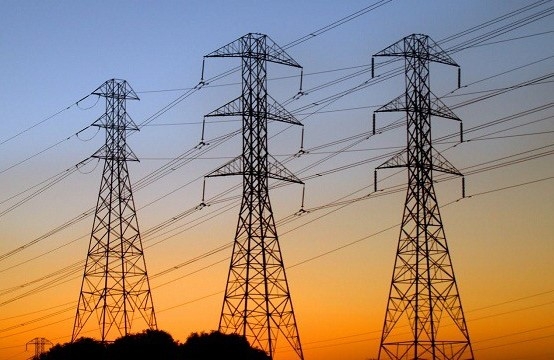Gaining maximum, losing minimum! Power Minister releases State Energy Efficiency Index 2019
Total Views |
New Delhi, January 10: State Power and New & Renewable Energy Minister Raj Kumar Singh today released the ‘State Energy Efficiency Index 2019’, which tracks the progress of Energy Efficiency initiatives in 36 states and union territories based on 97 significant indicators. The index was released on the occasion of RPM (Review, Planning and Monitoring) meeting, which is being held on January 9-10 at Pravasi Bharatiya Kendra, New Delhi.

The index is developed by Bureau of Energy Efficiency (BEE) in association with Alliance for an Energy Efficient Economy (AEEE). It will help states contribute towards national goals on energy security and climate action by helping drive EE policies and program implementation at the state and local level, tracking progress in managing the states’ and India’s energy footprint and institutionalising the data capture and monitoring of EE activities by states.
The first such Index, the ‘State Energy Efficiency Preparedness Index 2018’, was launched on August 1, 2018. Taking forward the State Energy Efficiency Preparedness Index 2018, the State Energy Efficiency Index 2019 incorporates qualitative, quantitative and outcome-based indicators to assess energy efficiency initiatives, programs and outcomes in five distinct sectors - buildings, industry, municipalities, transport, agriculture, and DISCOMs. New indicators for this year include adoption of Energy Conservation Building Code (ECBC) 2017, energy efficiency in MSME clusters, etc.
@AEEE_India is delighted at the launch of the 2019 State Energy Efficiency Index by @RajKSinghIndia and @DG_BureauEE. Action at the state and city level is critical for mainstreaming energy efficiency in India. #EnergyEfficiency #India #State https://t.co/6sNsiPEmC2
— Satish Kumar (@satishEE) January 10, 2020
This year, a total of 36 states and union territories have been assessed based on their efforts and achievements in policy and regulation, financing mechanisms, institutional capacity, adoption of energy efficiency measures and energy savings achieved.
For rational comparison, States and UTs are grouped into four groups based on aggregated Total Primary Energy Supply (TPES) required to meet the state’s actual energy demand (electricity, coal, oil, gas, etc.) across sectors. TPES grouping shall help states compare performance and share best practices within their peer group. Under four categories based on TPES, Haryana, Kerala, Karnataka, Maharashta, Himachal Pradesh, Uttarakhand, Puducherry and Chandigarh have been evaluated as progressive states and UTs in the State Energy Efficiency Index 2019.

